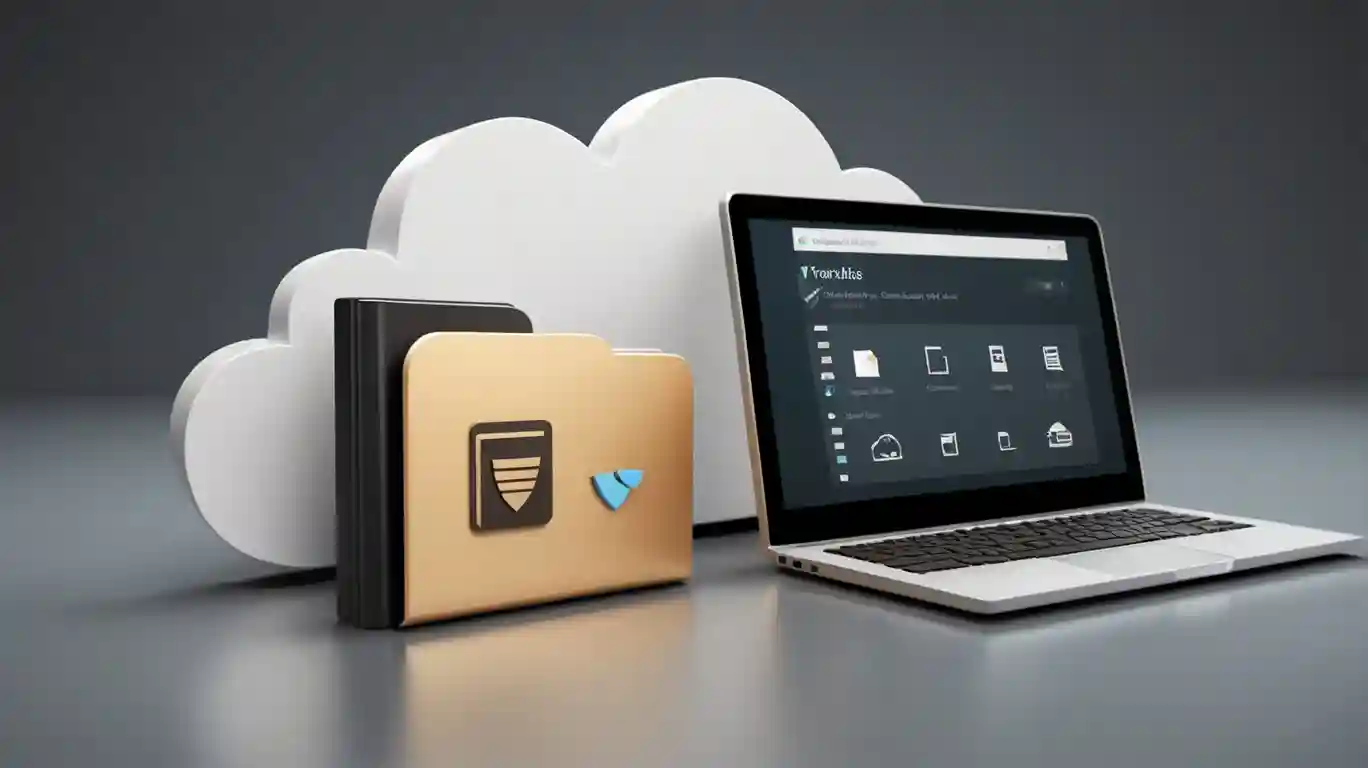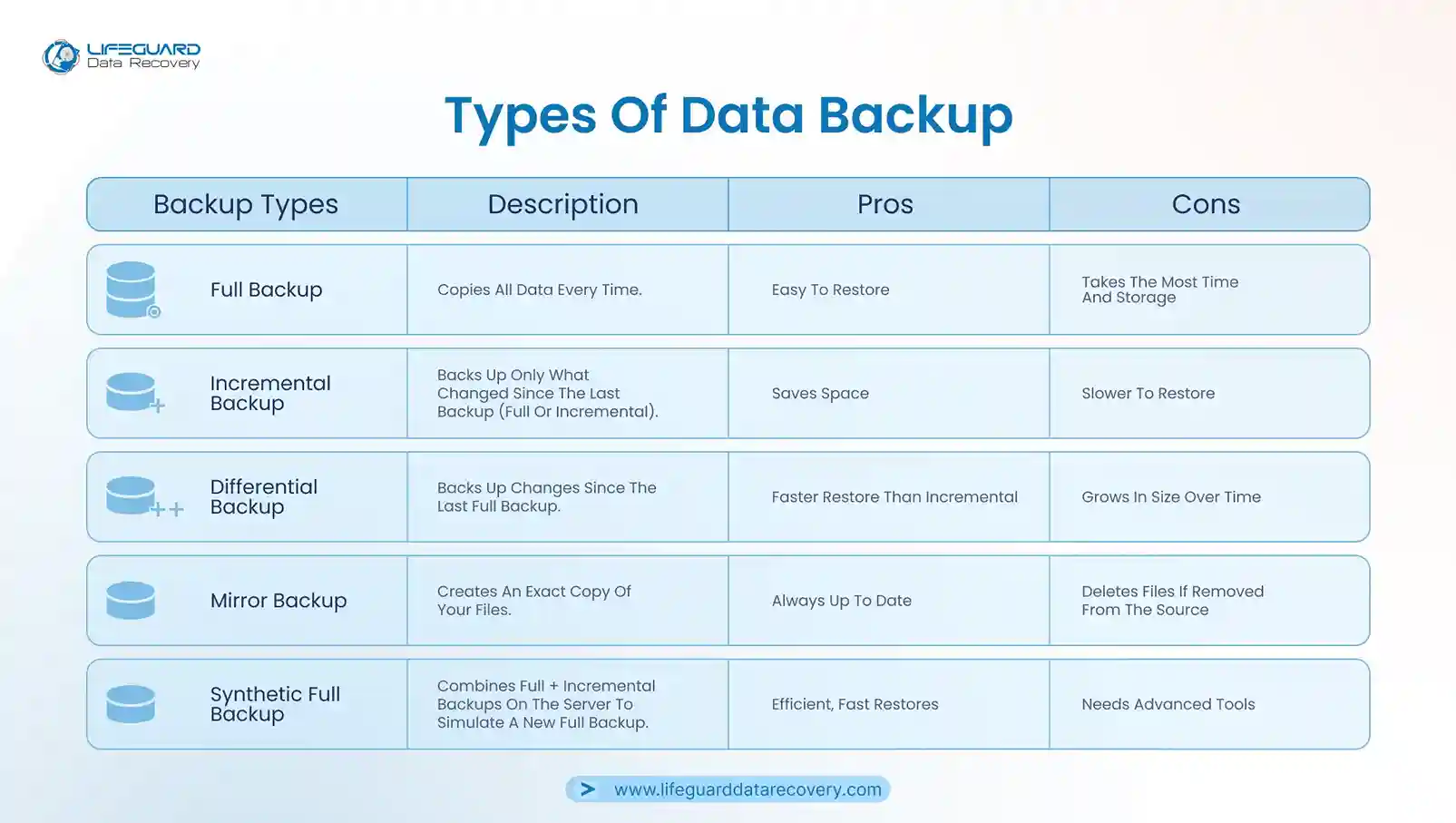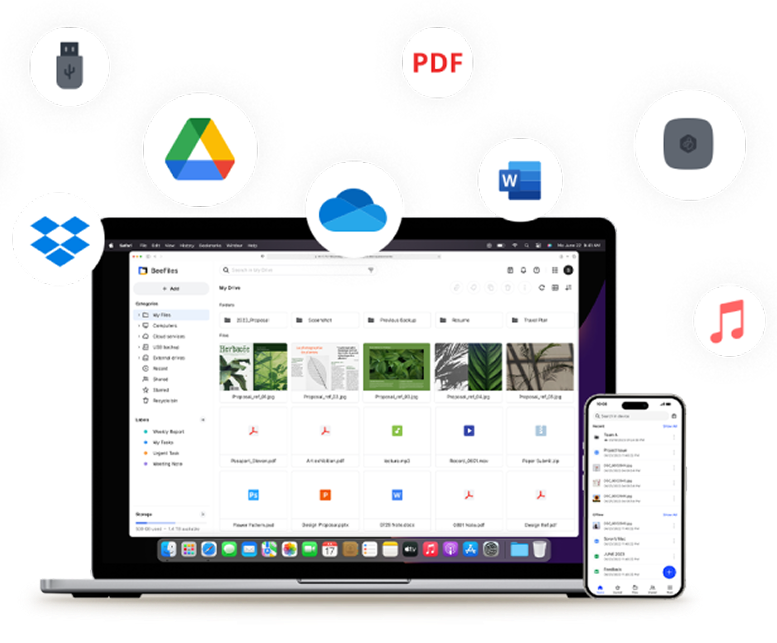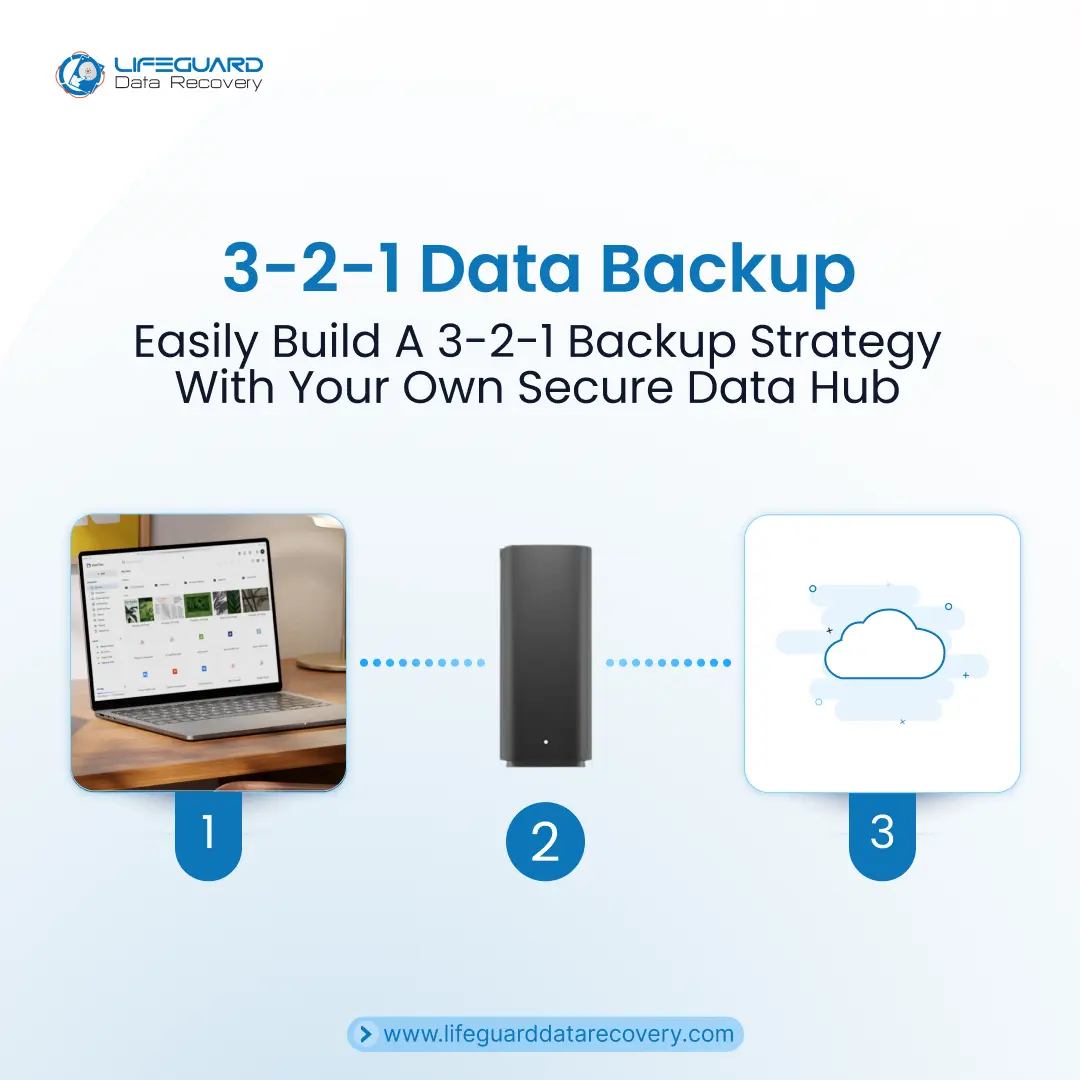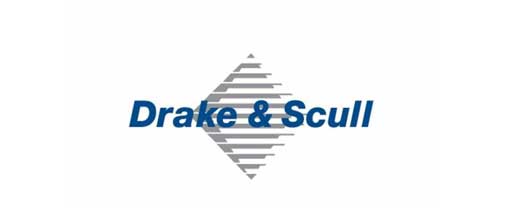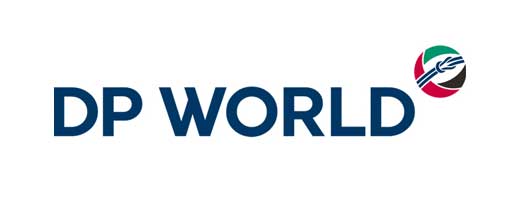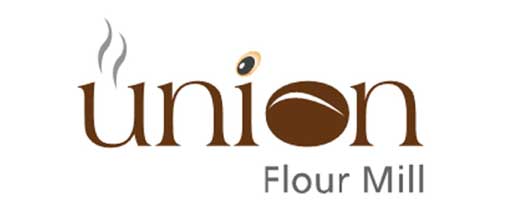Best Backup Method: Safeguarding Your Data Against Loss – A Life Guard Data Recovery Guide
Introduction: The Digital Imperative – Why Data Backup is Non-Negotiable
While Lifeguard Data Recovery professionals excel at retrieving lost information, the ultimate defense is proactive data loss prevention through the best data backup method. Lifeguard Data Recovery professionals provide this guide to explore the optimal data backup strategies for various situations, including personal devices, small business servers, and enterprise environments. Whether treasured family photos, critical business records, or intellectual property, data is your most valuable asset nowadays.
Lifeguard Data Recovery empowers you with the most effective data backup methods and restores your data when disaster strikes.
Understanding Data Backup: Definition and Its Critical Importance
What is Data Backup? A Foundational Definition
What is data backup? Data backup is essential for creating duplicate copies of digital information, such as pictures, videos, documents, databases, and system files. Our professionals provide the best data backup methods that can be retrieved if the original data becomes corrupted, accidentally deleted, or inaccessible.
Why Data Backup Methods Are Critical: Beyond Just Files
Protection Against All Forms of Data Loss: Our professionals provide a secure data backup method to protect against hardware failure, software corruption, accidental deletion, and ransomware.
Ensuring Business Continuity: Lifeguard Data Recovery experts provide the best backup for small businesses and minimize downtime by maintaining reliable, regular backups.
Preserving Irreplaceable Memories: Our certified experts secure photos, videos, and personal documents against permanent loss.
Disaster Recovery: Lifeguard Data Recovery professionals implement backup plans to restore operations after catastrophic events.
Data Backup Types and Methods Comparison: Finding the Most Effective Strategy
Core Data Backup Types: Understanding the Fundamentals
Full Backup:
It copies all selected data at once, preserving every file version. One benefit is the Simplest restoration process, with a single backup to retrieve. However, it requires the most time and storage capacity, making frequent fulls impractical.
Incremental Backup:
It saves only changes since the last backup of any type. This is one of the benefits of affordable backup methods for Windows and storage use, ideal for daily or hourly backups. However, restoration requires the initial full backup plus each incremental, lengthening recovery time.
Differential Backup:
It captures changes since the last full backup. It is a faster backup solution than incremental; only the full backup and the latest differential are needed. However, differential files grow larger over time, increasing storage and backup duration until the next full backup.
Mirror Backup:
Maintains an exact copy of source data without versioning. One of the popular backup methods is to have Immediate access to current files without a separate restore process.
But mirrors deletions and corruptions, offering no protection against user errors or malware.
Synthetic Full Backup:
Constructs a new full backup by merging previous full and incremental backups on the backup server. One of the best backup methods is to reduce network load and accelerate complete backup creation while simplifying restores. This method requires advanced backup software and server-side processing resources.
Popular Backup Methods and Solutions Overview
Local Backup Solutions
External Hard Drive Backup
One of the benefits of external hard drive backup is that it is affordable, simple to set up, and allows fast transfers.
However, it is Vulnerable to theft, fire, or flood. It is only used for personal data archives and small office file backups.
NAS Backup (Network Attached Storage)
One of the benefits of NAS backup is centralized management, scalable storage, and built‑in RAID redundancy. However, it is still at risk from on‑site disasters and has a higher initial cost. It is only used for SMB file sharing, collaborative projects, and power users.
USB Flash Drive Backup
One of the benefits of USB flash drive backups is that they are highly portable and plug‑and‑play for small files. However, they have a limited capacity, are easy to misplace, and are unsuitable for critical data. They are only used for Quick document transfer and temporary backups.
Tape Backup for Business
One of the benefits of tape backup methods is its high capacity, low cost per GB, and durability for long‑term archival. However, slow data retrieval requires tape libraries and management expertise. It is only used for Enterprise cold storage, regulatory retention, and disaster recovery archives.
Hybrid Backup Method
One of the benefits of the hybrid backup method is that it combines the speed of local copies with the resilience of off‑site/cloud storage. However, it requires coordination between systems and potentially higher management overhead. It is only used for organizations seeking both rapid restores and disaster‑proof redundancy.
Cloud Backup Methods
Data is stored on remote servers managed by third‑party providers. One of the benefits of the cloud backup method is Off‑site protection, anywhere access, infinite scalability, and automated updates. However, it relies on internet bandwidth, ongoing subscription fees, and potential privacy issues, so always select reputable vendors. It is only used for individuals and small businesses and as part of a larger hybrid backup method.
Hybrid Backup Method
Combines local backups (for rapid recovery) with cloud backups (for disaster resilience). One of the benefits of delivering the best of both worlds is fast restores from on‑site copies, plus off‑site security. However, more complex configurations and higher overall costs are needed.
It is only recommended for organizations and power users seeking coverage of robust, widespread backup methods.
Automatic Backup Software vs. Manual vs Automatic Backup:
Automatic Backup: One of the benefits of automatic backup software is that a set‑and‑forget approach ensures consistent, scheduled copies with minimal human intervention, which is our best data backup method recommendation for most users.
Manual Backup: Relies on user discipline, prone to oversight and incomplete backups—unsuitable for mission‑critical data protection.
Implementing the Best Backup Strategies: Real-World Best Practices
The Golden Rule: The 3-2-1 Backup Method
3 copies of your data: one of the benefits of the 3-2-1 backup rule method is to maintain the original plus two backups to guard against corruption. 2 different media types can use an internal drive and an external HDD or cloud backup methods. 1 off‑site copy: It is necessary to Store one backup in the cloud or at a remote location to survive local disasters like fire or theft.
Why the 3‑2‑1 Strategy Remains the Standard:
One reason is to prove resilience against hardware failure, human error, and environmental risks. Another benefit can be easily explained because it is the best backup strategy Provided by experts.
Key Considerations for Choosing Your Best Data Backup Method:
Data Volume & Type: choose a backup method for photos and a backup method for videos with ample capacity vs. critical documents or full system images for Large media libraries.
RPO & RTO: Define acceptable data loss (RPO) to select continuous data protection or scheduled best backup methods; set recovery speed (RTO) to choose local vs. cloud backup methods.
Budget: Lifeguard Data Recovery experts provide an evaluation of affordable backup methods, from free, open‑source tools to paid software and hardware, plus ongoing cloud subscription fees.
Security: Lifeguard Data Recovery provides a secure data backup method with strong encryption and robust access controls.
Customise Backup Strategies to Specific Needs
- Personal Data Backup Best Method
- Recommendation: Take a hybrid approach involving an external HDD for local speed and a cloud for off‑site safety.
- Ease and affordability: Use the best free backup software for home, like Windows File History or macOS Time Machine; consider free Google Drive or OneDrive tiers with manual caveats.
- Best Backup for Small Business / Backup Strategies for SMBs
- Recommendation: Lifeguard Data Recovery experts recommend NAS backup with automated cloud sync or dedicated business solutions (e.g., Acronis, Veeam).
- Automation & Reliability: Our experts schedule nightly backups and incremental snapshots for rapid recovery and minimal disruption.
- Best Backup Method for Windows/Mac
- Built‑In Tools: We suggest starting with Windows Backup or Time Machine.
- Enhanced Features: after using the built-in start, Upgrade to third‑party options like Backblaze or CrashPlan for encryption, versioning, and cross‑platform support.
- Best Backup Methods for SSD vs. HDD
- System Images: Especially critical for SSD boot drives—use image‑based backups for quick OS restores.
- Standard File Backups: Apply the same best backup strategies across both media types, ensuring regular, automated copies.
These real‑world backup best practices ensure tailored, resilient protection for every environment.
Importance of Versioned Backups
Lifeguard Data Recovery experts use Versioned backups to maintain multiple historical copies of your data, enabling you to roll back to a clean state before corruption, ransomware encryption, or unintended edits. Our experts combine automated backup with cloud integration; each version is securely stored off-site, accessible on demand, and immune to local hardware failures.
Life Guard Data Recovery’s Role: Beyond Just Recovery – Your Data Protection Advisor
Why Prevention is Paramount:
Even Life Guard Data Recovery cannot recover data overwritten multiple times or destroyed by severe physical damage, highlighting why the most effective data backup strategies matter.
Life Guard Data Recovery as Your Trusted Advisor:
Proactive Partnership: We act as your data protection advisor, guiding and offering you the best data backup methods before any loss occurs, not just after.
Expert Consultation: We provide an overview of backup solutions by auditing existing backup plans for individuals and businesses in the UAE, identifying gaps, and recommending improvements.
Disaster Recovery Insights: Lifeguard Data Recovery experts leverage our hands‑on experience with server crashes, RAID failures, and ransomware incidents with best backup practices to design robust backup solutions.
Hybrid & Automated Backup: Lifeguard Data Recovery experts suggest integrating automated backup with cloud integration, versioned archives, and on‑premises replicas for maximum resilience.
Ongoing Support: Lifeguard Data Recovery professionals regularly review and update backup plans as your data needs grow because proper data protection is evolving.
Frequently Asked Questions (FAQs) About Data Backup Methods
How often should I back up data?
Our experts suggest using real-world backup best practices daily for critical systems, weekly for static files, or continuous data protection for near real‑time backups.
What is the 3-2-1 backup rule?
Yes, it remains the foundational StrategyStrategyStrategyStrategyStrategyStrategyStrategyStrategyStrategy for the best backup strategies. The 3-2-1 backup rule means three copies on two media types(photos or video) with one off‑site. It is the most crucial method.
Is cloud backup truly secure?
Yes, cloud backup is more secure; Lifeguard Data Recovery experts use a secure data backup method that uses reputable providers with end‑to‑end encryption, multi‑factor authentication, and regular audits for safety.
Can I rely solely on external hard drive backups?
No, we don’t suggest it because an External hard drive backup protects only against hardware failure; our experts suggest always combining it with off‑site or cloud backup methods for disaster resilience.
What’s the best backup for a small business?
A hybrid backup method—local NAS for rapid restores plus cloud sync for off‑site disaster recovery—is often optimal for SMBs.
Does Life Guard Data Recovery offer backup solutions or just recovery?
Life Guard Data Recovery specializes in retrieval but provides expert consultation on the best backup strategies to prevent future losses.
Conclusion: Your Data’s Future is in Your Hands with the Right Backup Method
Lifeguard Data Recovery experts provide the best data backup method, which isn’t a one-size-fits-all; it’s a strategic decision tailored to your data volume. Choose Lifeguard Data Recovery for effective backup practices that serve as the ultimate defense against hardware failures, human error, cyberattacks, and natural disasters.
Contact Lifeguard Data Recovery today and protect your digital assets with professional data recovery services or the best advice on crafting the most effective backup strategy.

